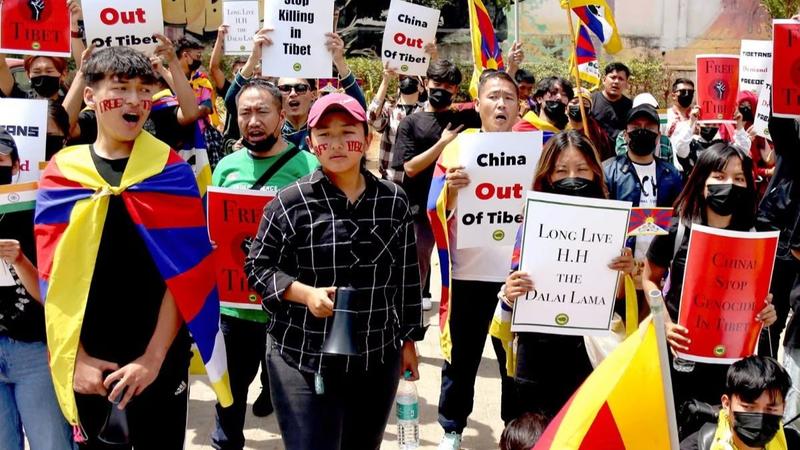Published 19:42 IST, April 28th 2024
'Fear and Repression': Tibetan Activist Accuses China of Undermining Tibet's Identity
After being jailed at the age of 15 by authorities in Tibet, Namkyi has made it her mission to inform the world of what China is doing to the Tibetan people.

China has frequently claimed that it freed the people of Tibet from a 'brutal theocracy' when it took over in 1959. | Image:
PTI/Representative
- Listen to this article
- 6 min read
Advertisement
19:42 IST, April 28th 2024
